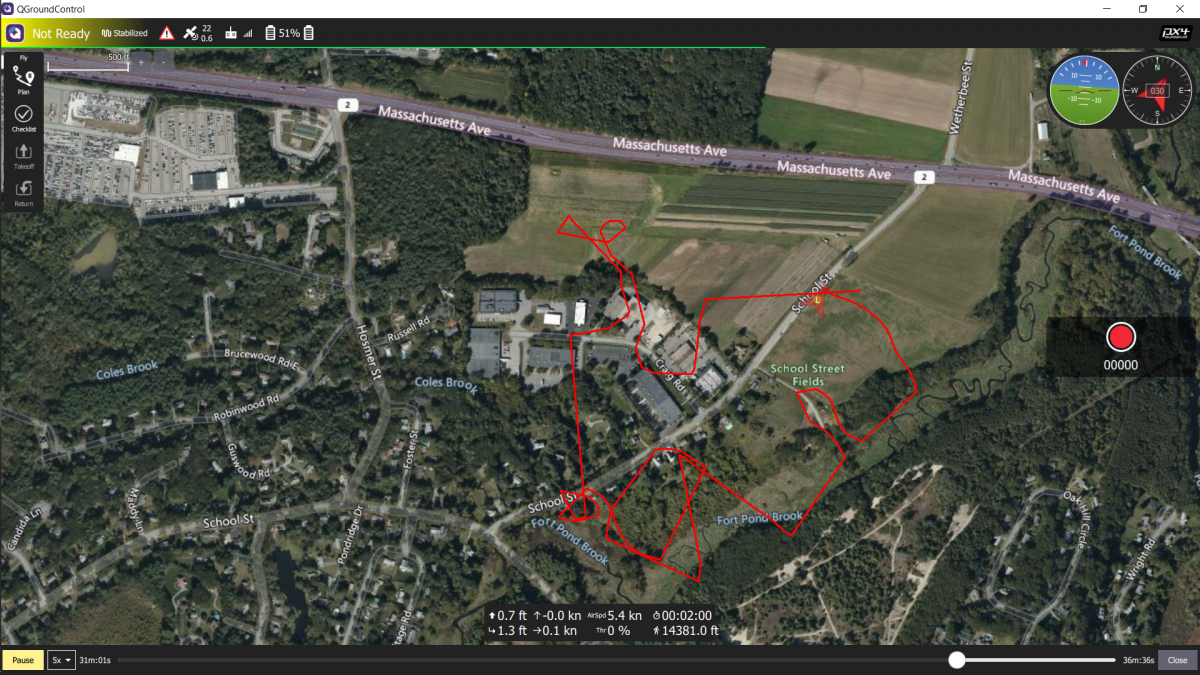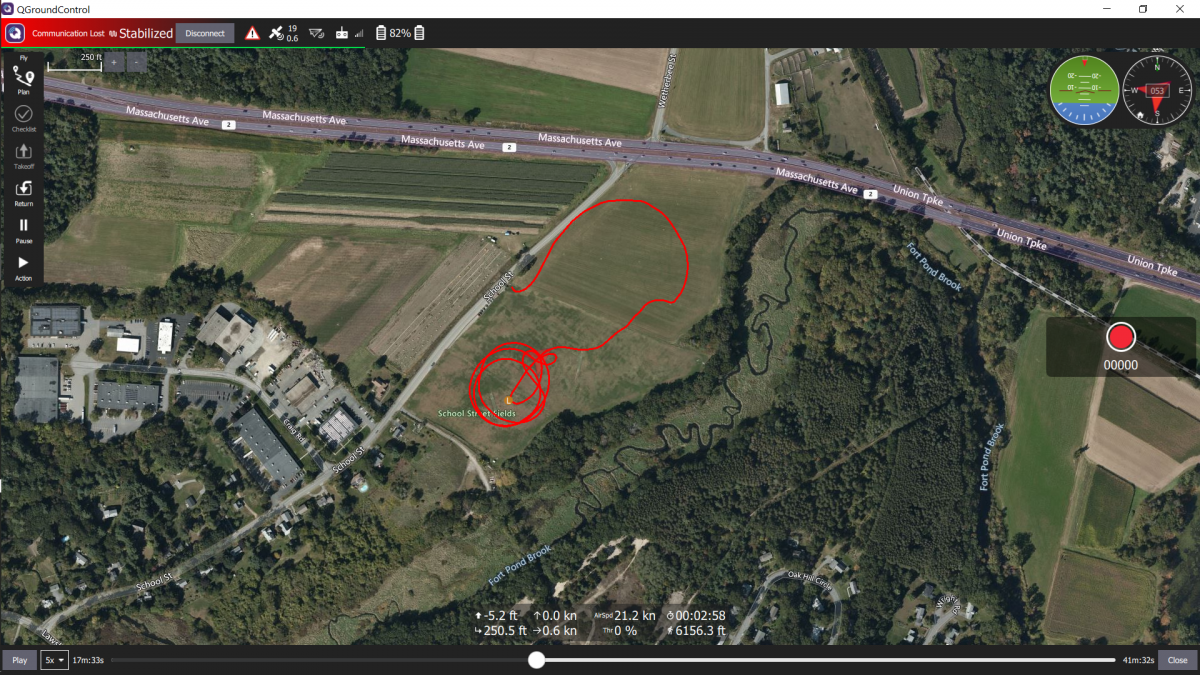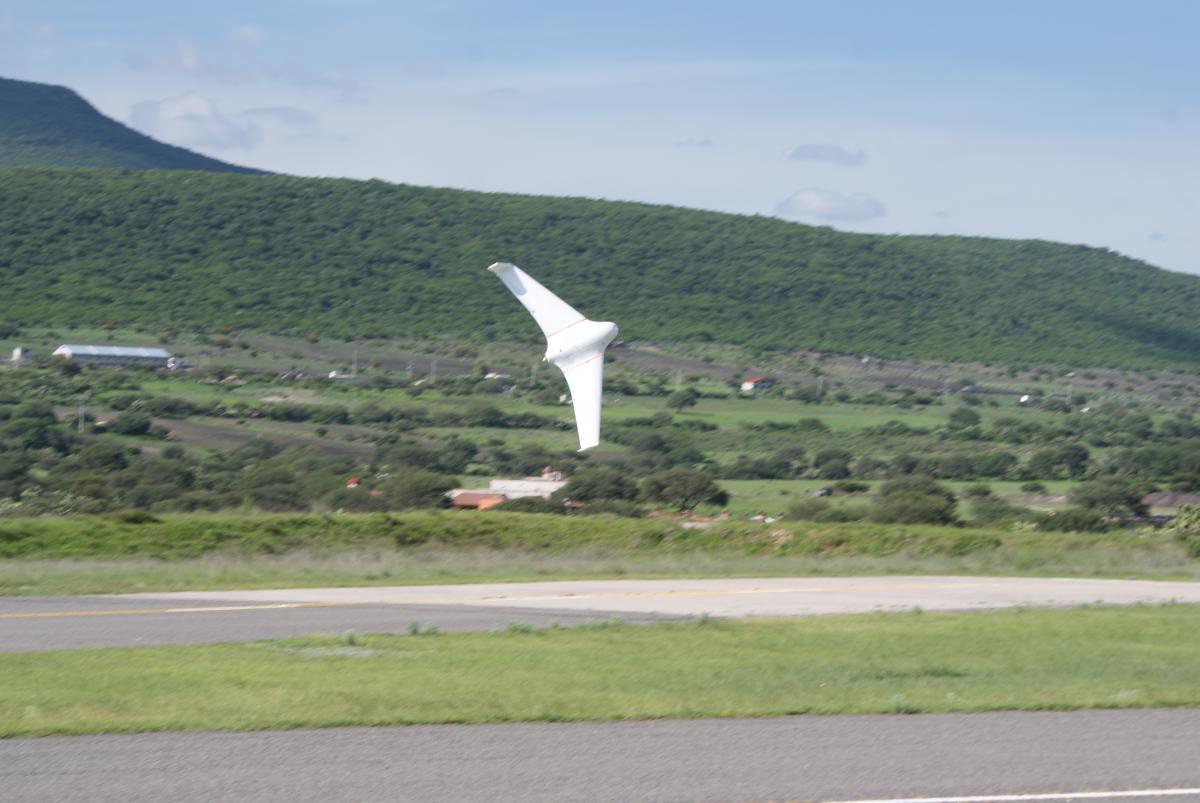There is much demand for the use of sUAS to monitor, conserve and protect wildlife. Our work combines the animal biometic search engine (Sloop) with Cooperative Autonomous Observing System research (CAOS) to produce SloopFlyer, a realtime biometric tracking system for conservation. Based on the several requests we have received, it appears that Biologists, Systems Biologists, Ecologists and Population Biologists are all very excited; so are we. Read on.
A brief informal survey among biologists indicates that the Quad rotor (or hex and octal variants) is a common platform. Quads are readily available, and easy to transport, launch and recover. In other ways, however, they appear to not be suitable....





